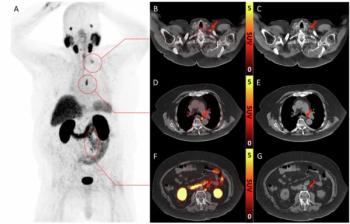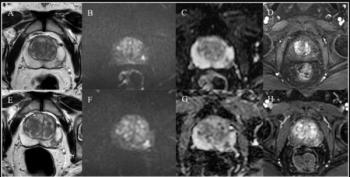
MRI Scans Predict Long Term Prognosis in MS Patients
An early treatment MRI can predict a multiple sclerosis (MS) patient’s five-year disability progression, according to a study recently presented in the Netherlands. The study found that by performing an MRI six to 12 months after treatment initiation, it’s possible to predict whether a patient will respond to the given treatment long term.
An early treatment MRI can predict a multiple sclerosis (MS) patient’s five-year disability progression, according to
In this retrospective Italian study, 668 relapse-remitting
About 15 percent of those who got the early
While the study is not groundbreaking, it is useful, according to Christopher Hancock, MD, director of neuroradiology at Desert Medical Imaging in Palm Springs, CA. “I think it’s more focused than other studies have been, because of the group of patients and the treatment regimens,” he said, noting that relapse-remitting MS is one of the most aggressive forms of the disease.
Hancock said that the downside to the study is that it did not look into the topography of the MS lesions, particularly fulminant brain stem lesions. For a radiologist to suggest MS from an MRI scan, three of four criteria need to be met, and one of those criteria is a lesion within the brain stem. The study also didn’t mention using contrast to look for a demyelinating lesion, or using an MS protocol for the sequences.
MRI is paramount in treating MS patients, Hancock said. While the clinicians in this study waited six to 12 months to scan a patient after the baseline exam, he said that current standards are to wait at least a month between scans to determine if a new lesion is present. This helps satisfy the dissemination of time criteria for a suspected diagnosis. There are no standards, however, for how frequently to scan an MS patient, he said.
Newsletter
Stay at the forefront of radiology with the Diagnostic Imaging newsletter, delivering the latest news, clinical insights, and imaging advancements for today’s radiologists.





























